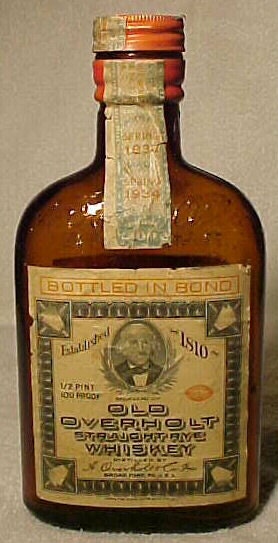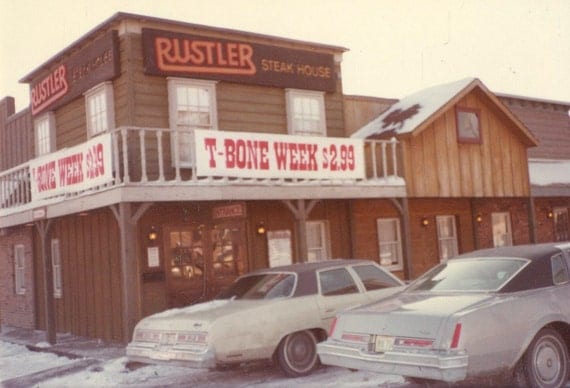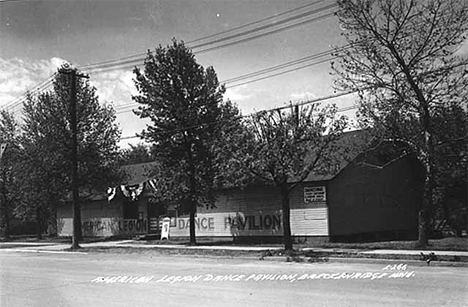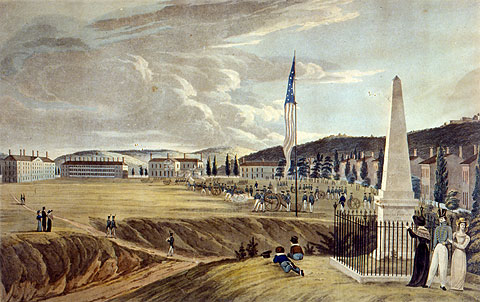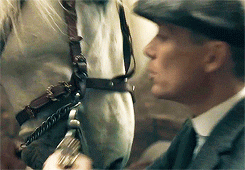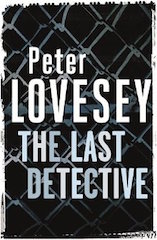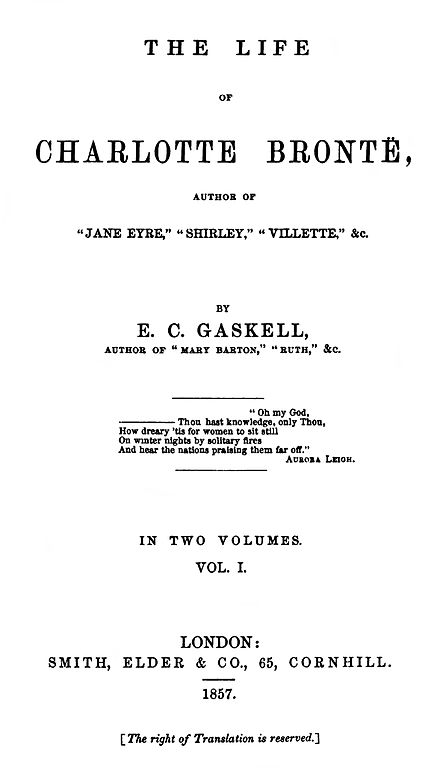 |
| These are the current trade paper reprint editions from Houghton Mifflin / Mariner imprint that I acquired. |
The Winthrop Woman I read at the lake during the periods I wasn't allowed in the water. It was among the Book of the Month Club offerings that my mother brought to the annual July sojourns at the Lake. in the vain hope that she'd have so much time on her hands she'd be able to catch up with her reading.
I had already read Gone With the Wind, at the end of spring, just when school let out. This was from my grandmother's shelves, from where I'd previously appropriated Ben-Hur and Ivanhoe, both of which I'd re-read several times already.
When school resumed in the fall, that year I was bused everyday to Town, where the county public library was located, and for which my mom saw to it I'd gotten my library card as soon as first grade was completed. The library was divided into the juvenile side and the adult side. It may have been me, but it seemed the division was so strictly observed that surely a lightening bolt would strike -- or expulsion from the library at least -- would ensue if I stepped over that invisible line. But now I was a freshman (rather early but I'd been skipped a grade), maybe I could sneak across that line and browse among the mysteries those adult shelves held.
Sure enough, on one of those first explorations I discovered Seton's Katherine. I no longer recall whether I was aware that the same writer was responsible for both novels -- it's quite likely that I was not. But I do recall in detail that book -- a dull green library binding, with darker letters spelling out the title. It was a fat book too, and I'd already associated a fat book with an exciting read back in time. Why this particular book with dull covers (only the latest books acquired possessed the colorful dust jackets, preserved in see-through plastic) got my attention, I no longer remember. It's not as though Katherine was even a girl's name I liked, surrounded at that time by a number of bullying Kathys, and attracted as I was to exotic women's names such as Deirdre and Charlotte.
But devour I did Seton's imaginative creation out of the few facts known about Katherine de Roet - Swynford, and finally Duchess of Lancaster and ancestress of English Kings. This is where I first encountered the existence of John of Gaunt, Duke of Lancaster, Geoffrey Chaucer, England's alliance with Portugal and her national fortune founded in wool, and a great deal more about the middle ages in England that have interested me every since. I puzzled over the differences between this Middle Ages and that of Sir Walter Scott's Ivanhoe.
So, I learned there were chronological, i.e. historical differences -- periods -- even within a the demarcation of the Middle Ages of my history classes. I also noticed -- vaguely! -- there seemed differences in stories of a woman as the eponymous title of a novel, from those of an eponymous novel written by a man with male hero.
Oddly, I did know the meaning of "eponymous" at that age, another of the random bits of information gleaned from omnivorous reading and The Book of Knowledge volumes' literature sections. Yet, while had noticed the author of Ivanhoe was a man, I'm still not sure I actually noticed that Seton was a female -- partly because I was distracted by the "Anya" -- what kind of name was that?) I did not notice however, that I thought of both Ben-Hur and Ivanhoe as heroes, but I did not think of Katherine as a heroine. She was "just" a woman, though fascinating. unlike, any women I knew, in a milieu I did not understand, but which glowed with the colors of the frequent jewels described the narrative. By comparison, Elizabeth Winthrop and her colonial Puritan world were close and familiar.
Yet Katherine wasn't entirely unlike women I knew, or at least knew of, during her poverty stricken years, as depicted in Seton's imagination, married to the knight Hugh Swynford. She was left alone to manage on a poor country estate, to make do with little, while trapped in marriage with a man she did not like, forced to have his children. That was my take-away from the novel from the reading back then.
However, I'm not certain that's what Seton actually wrote in Katherine. I began reading Katherine last night, and so far, I'm still very impressed with the book, though perhaps in a different way than the 12 year-going-on 13 me was. Yet, in the end, Seton's writing is creating the same effect -- constant page turning to follow the journey of this most sympathetic and interesting of heroines. The novel opens when Katherine's 15; as far as I got last night, though married, she's still only 15. I can't wait to learn what comes next, and how it compares -- and / or contrast -- with what I remember.
There isn't anything more satisfying to read than a good historical novel.
The non-fiction title among the three books this week is The Immortal Evening: A Legendary Dinner with Keats, Wordsworth and Lamb by Stanley Plumly. This is one of the events in the history of English Romantic Literature that profs of our graduate seminars liked to refer to. Now a whole book has been published about it. It looks good, because in that company, how not?






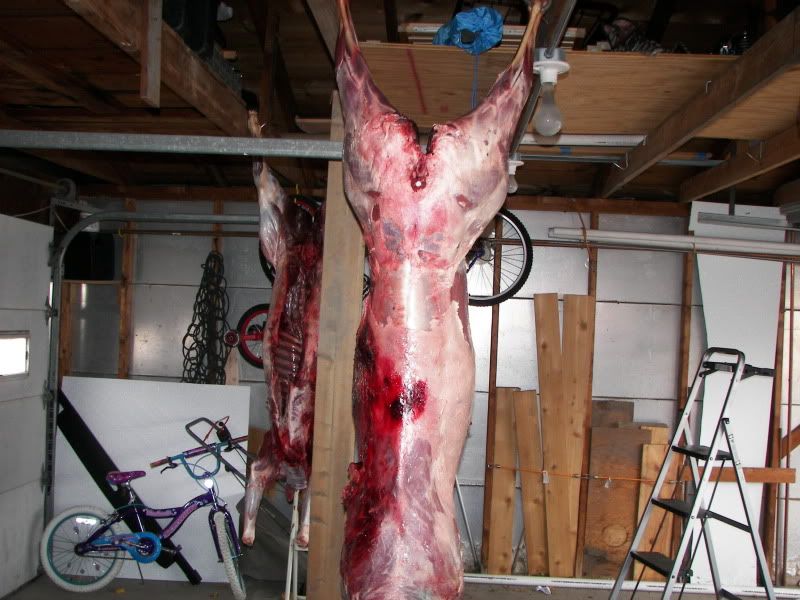
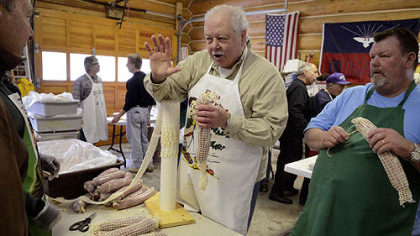


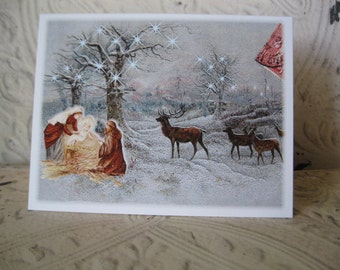

.jpg)




